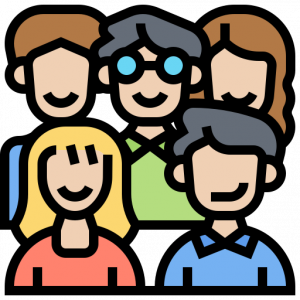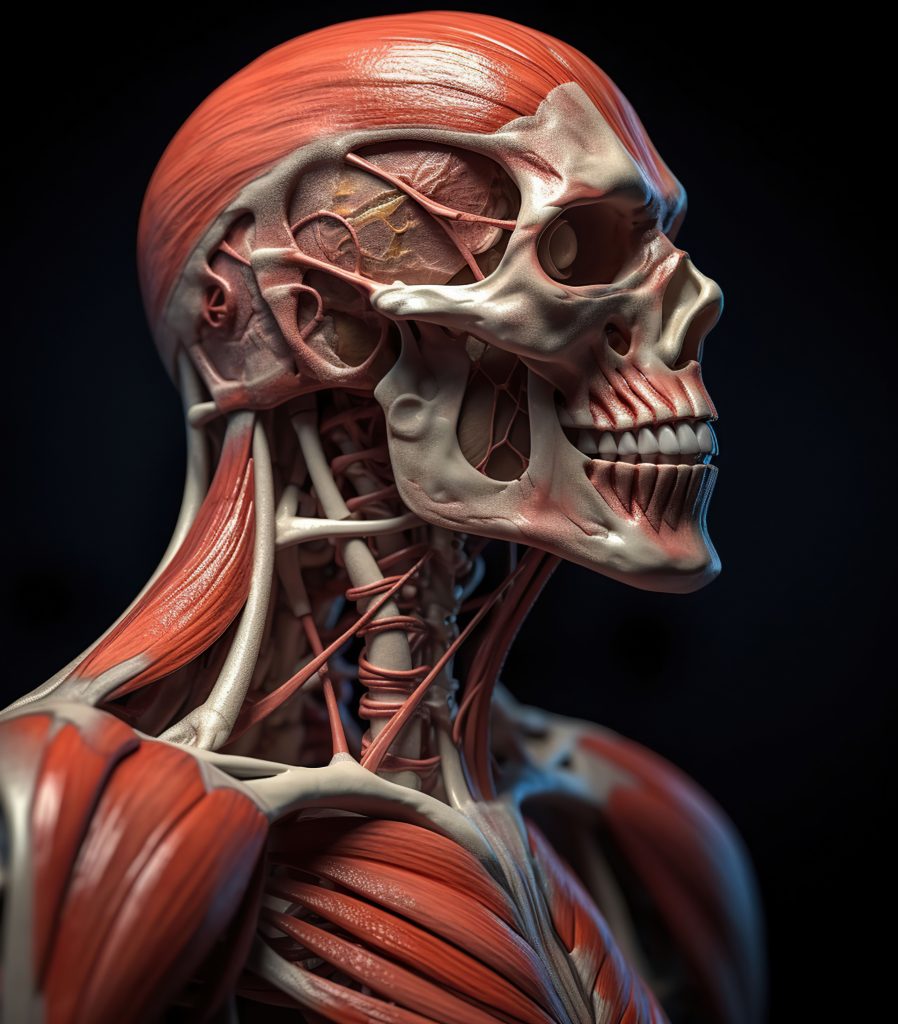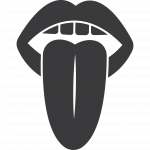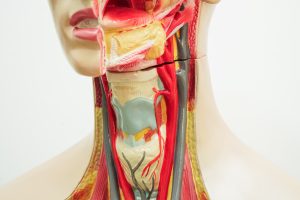Learn from trusted,
science-backed sources.
Below you’ll find peer-reviewed journals, clinical articles, and reputable medical and dental references to help you make informed decisions about orofacial myofunctional therapy and its proven benefits.
Orofacial Myofuntional Therapy
from Otolaryngology: Open Access
“The procedures of orofacial myofunctional therapy have been shown to be successful…”
from American Thoracic Society Journals
from US National Library of Medicine National Institutes of Health
from Investigative Ophthalmology & Visual Science
Tongue Ties & Frenectomies
from RDH Magazine
by James M. Bronson, DDS
from REVISTA CEFAC
from Michelle Emanuel, creator of Tummy Time
Functional Dentistry
from RDH Magazine
from General Dentistry
from The European Journal of Orthodontics
Breathing
from US National Library of Medicine National Institutes of Health
from Enliven Archive
from Irish Dentist
from Frontiers in Neurology
Nonnutritive Sucking Habits
Brazilian Journal of Oral Sciences
from Dentistry
from RDH Magazine
Bruxism And Sleep
from Current Opinion on Pulmonary Medicine
from Mayo Clinic
from the Academy of Orofacial Myofunctional Therapy
ADHD (attention deficit hyperactivity disorder)
from Journal of Developmental & Behavioral Pediatrics
from International Journal of Molecular Sciences
by Crystal Phend, Senior Staff Writer, MedPage Today
from the American Academy of Physiological Medicine & Dentistry
What is an Orofacial Myofunctional Disorder (OMD)?
An orofacial myofunctional disorder occurs when an abnormal lip, jaw, or tongue position is present during rest, swallowing, or speech. Problems that result from OMDs may include pain in the face and neck, poor sleep due to breathing difficulties, or ongoing issues after dental surgery or orthodontic work.
CLICK ANY ICON BELOW FOR MORE INFORMATION

The Causes

Signs & Symptoms

Explain Therapy

The Benefits

Who Can Benefit?

At OMT Charlottesville, we’re basically the personal trainers for your mouth and face. Our job is to help everything in there — your tongue, jaw, breathing, and even how you swallow — work together like a well-rehearsed band instead of a bunch of instruments playing out of tune.
We focus on fixing unhelpful habits (like mouth breathing or weird tongue positions) and teaching your muscles to do their jobs the right way. This can make a big difference in how you breathe, sleep, chew, talk, and even how your face develops over time — plus, it can make you feel and look better, too.
Think of it as a full-body workout, but just for the muscles in your mouth and face. By retraining how those muscles move when you chew, breathe, swallow, and speak, we help your teeth, jaws, and airway develop the way they’re supposed to. And we don’t do it alone — it’s a team effort with you and your care team every step of the way.
In short: we help your mouth and face get their act together so you can breathe easier, feel healthier, and smile brighter.
Orofacial Myofunctional Therapy in Charlottesville, VA
Breathe better. Swallow easier. Smile more. At OMT Charlottesville, we retrain the muscles of the face, tongue, and jaw to restore healthy function and long-term facial balance—backed by interdisciplinary, evidence-informed care.

Patient-Centered
Airway-Focused







